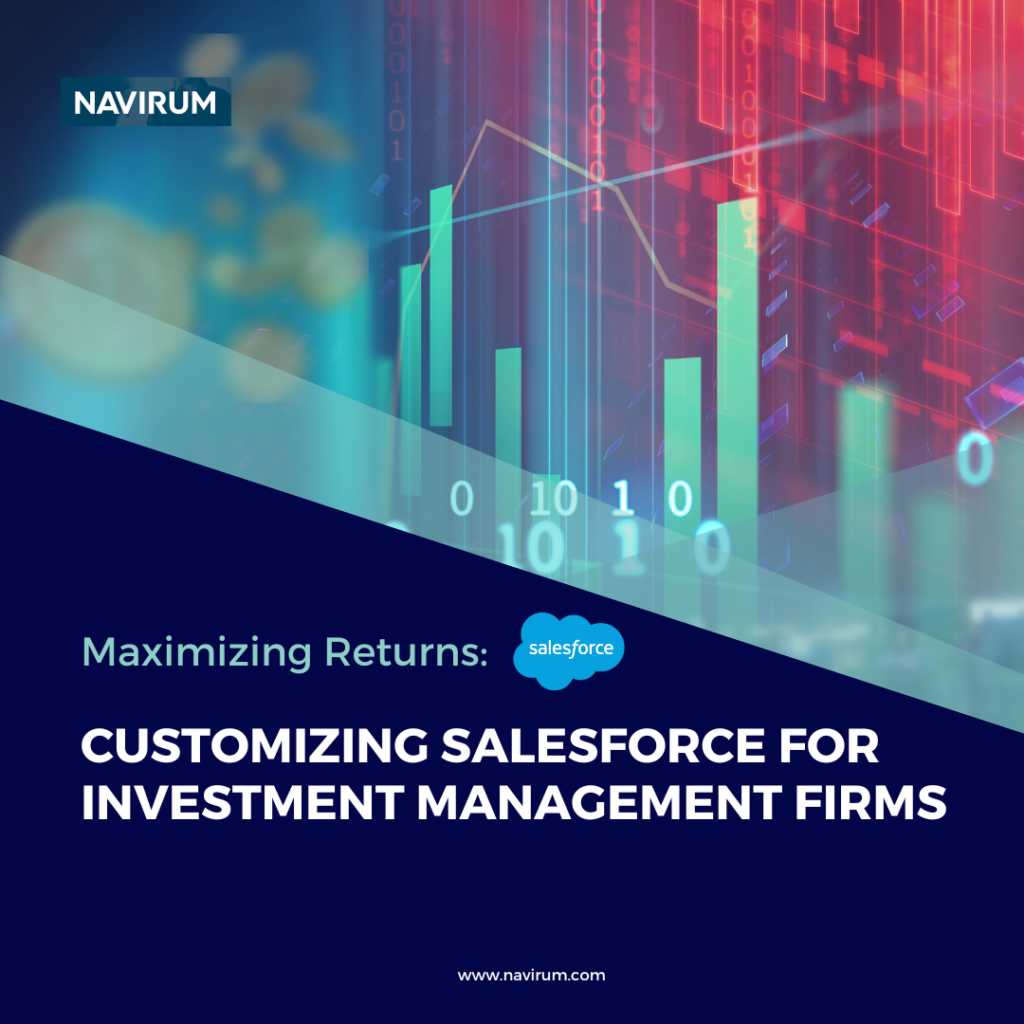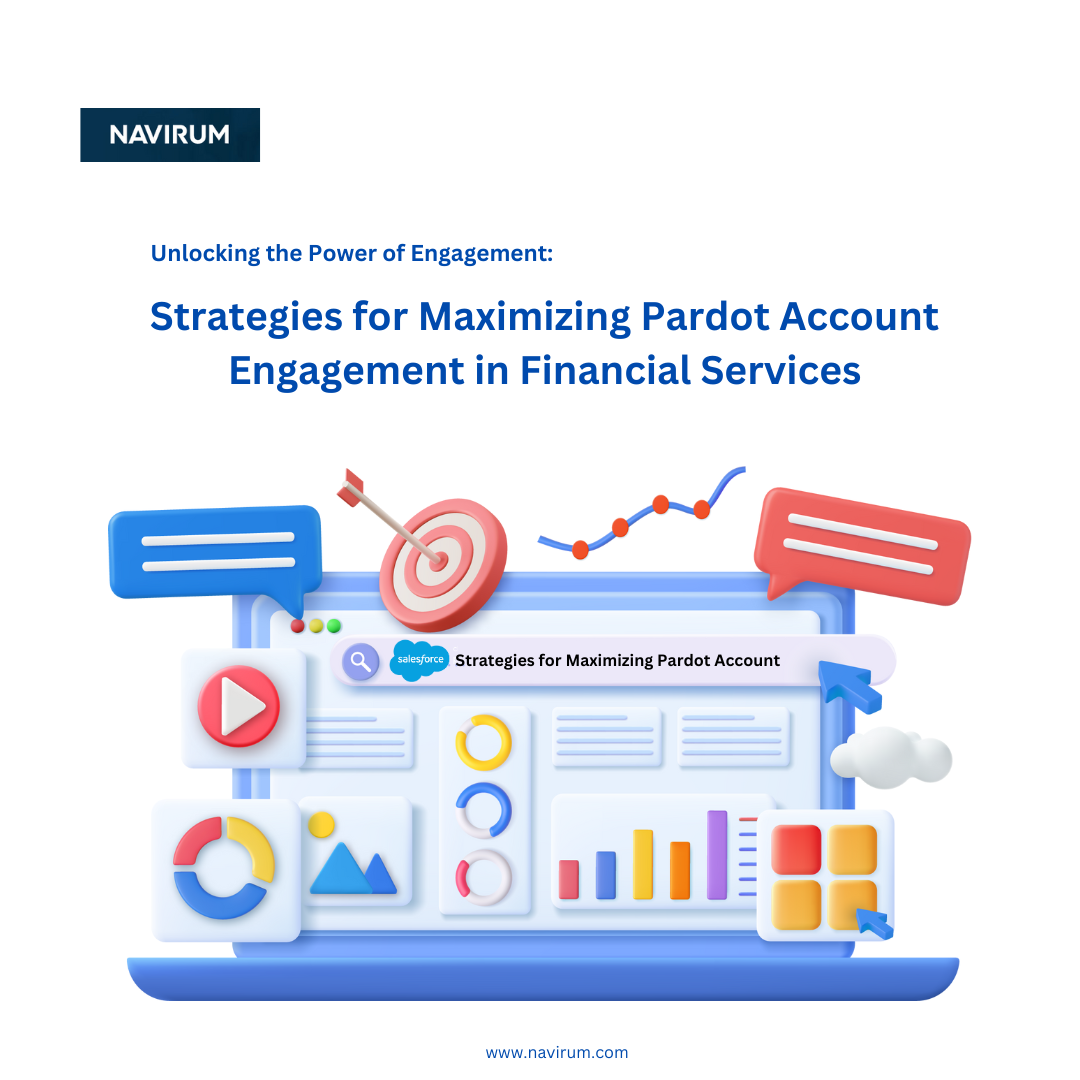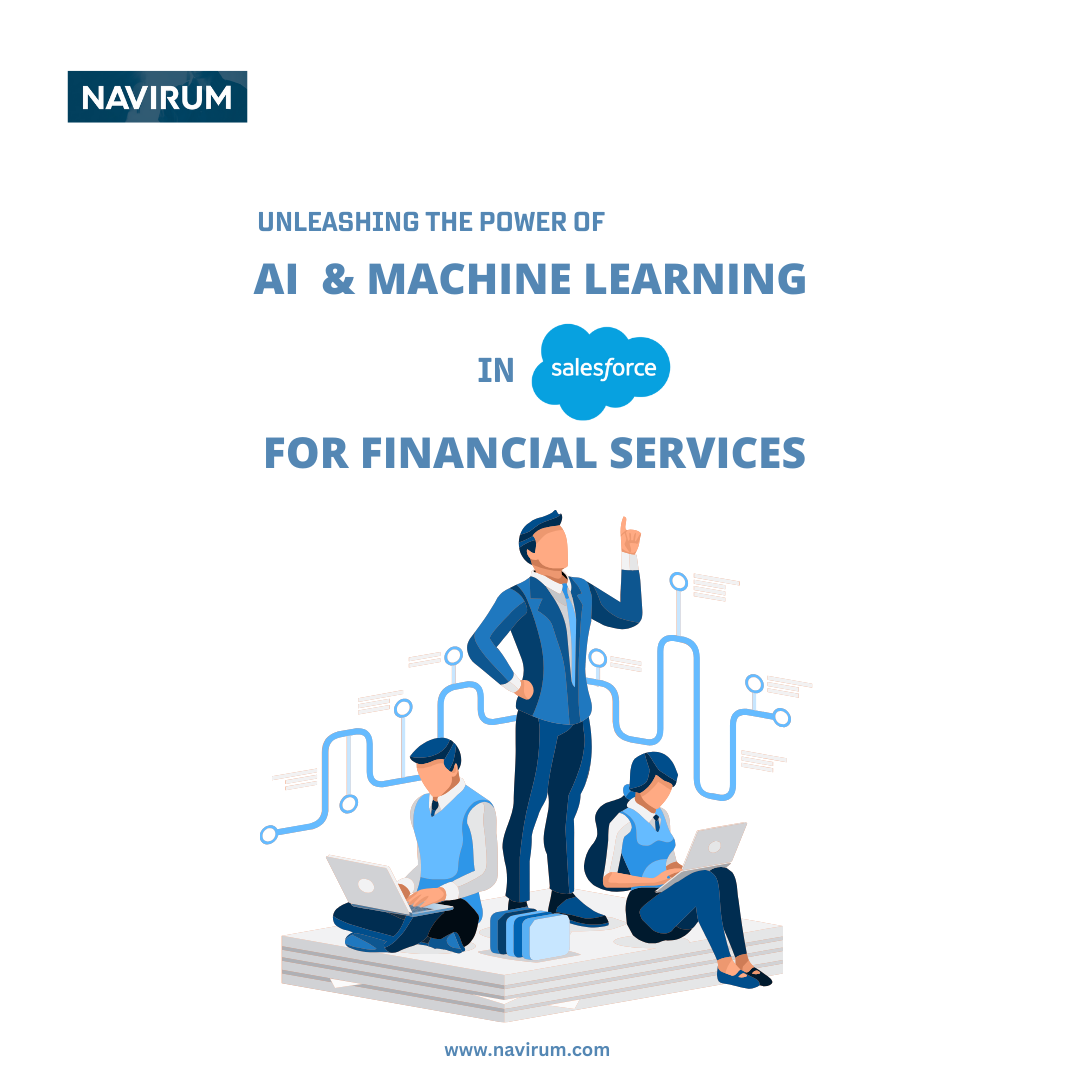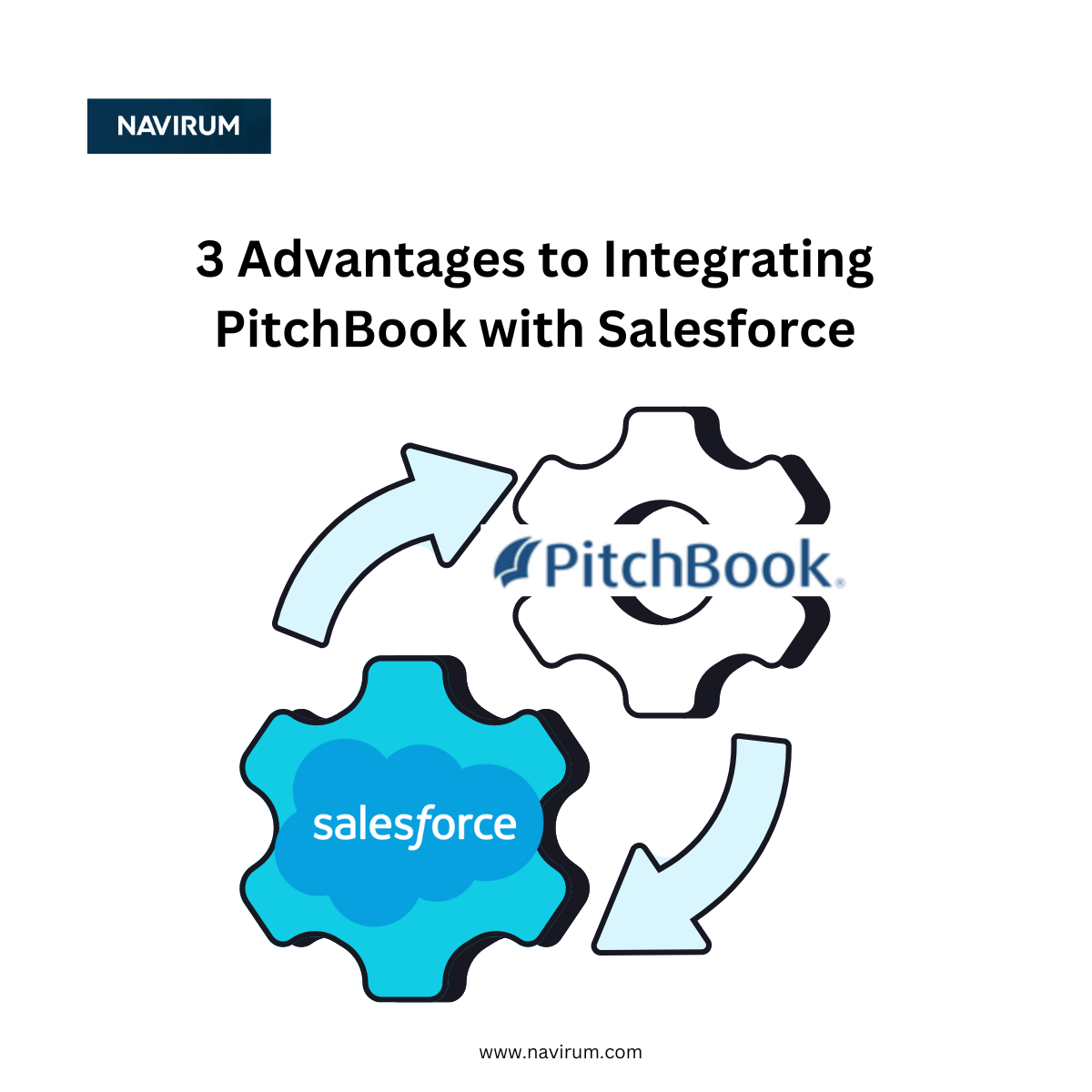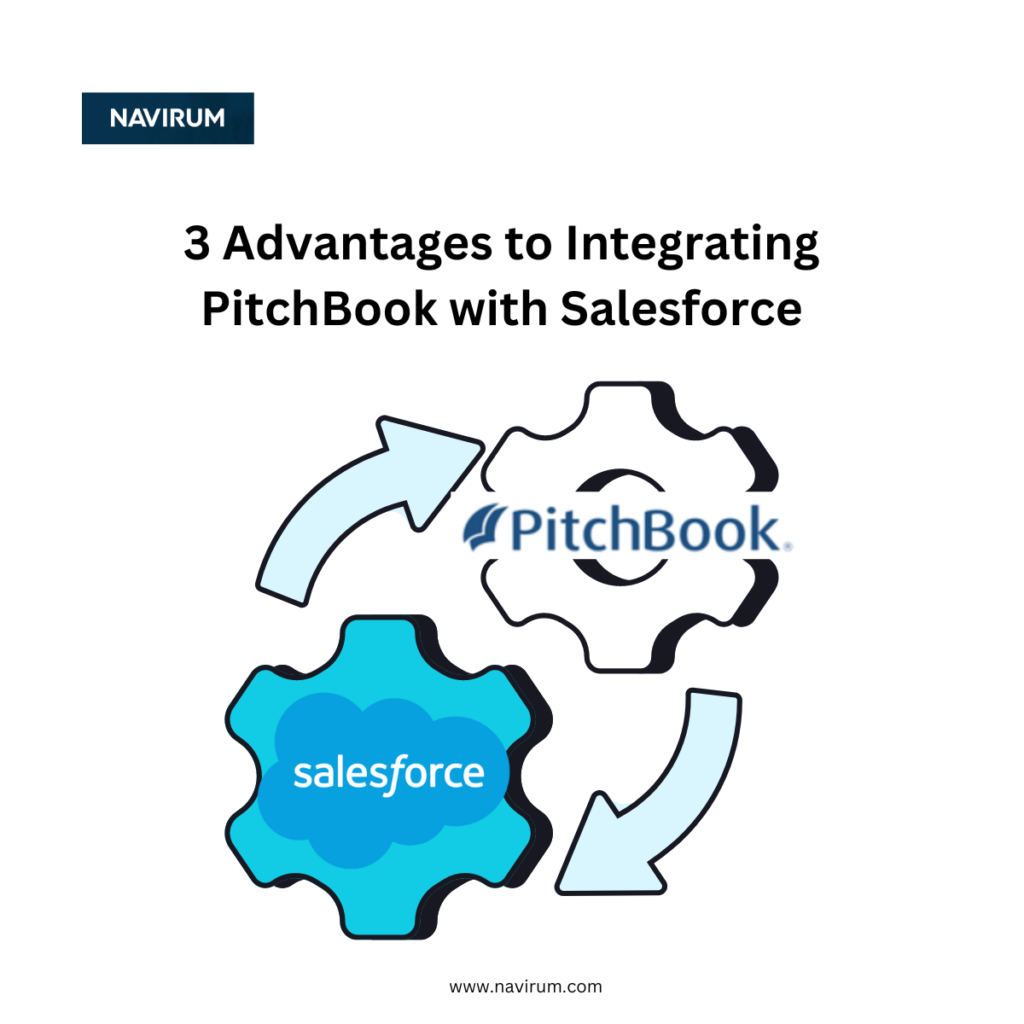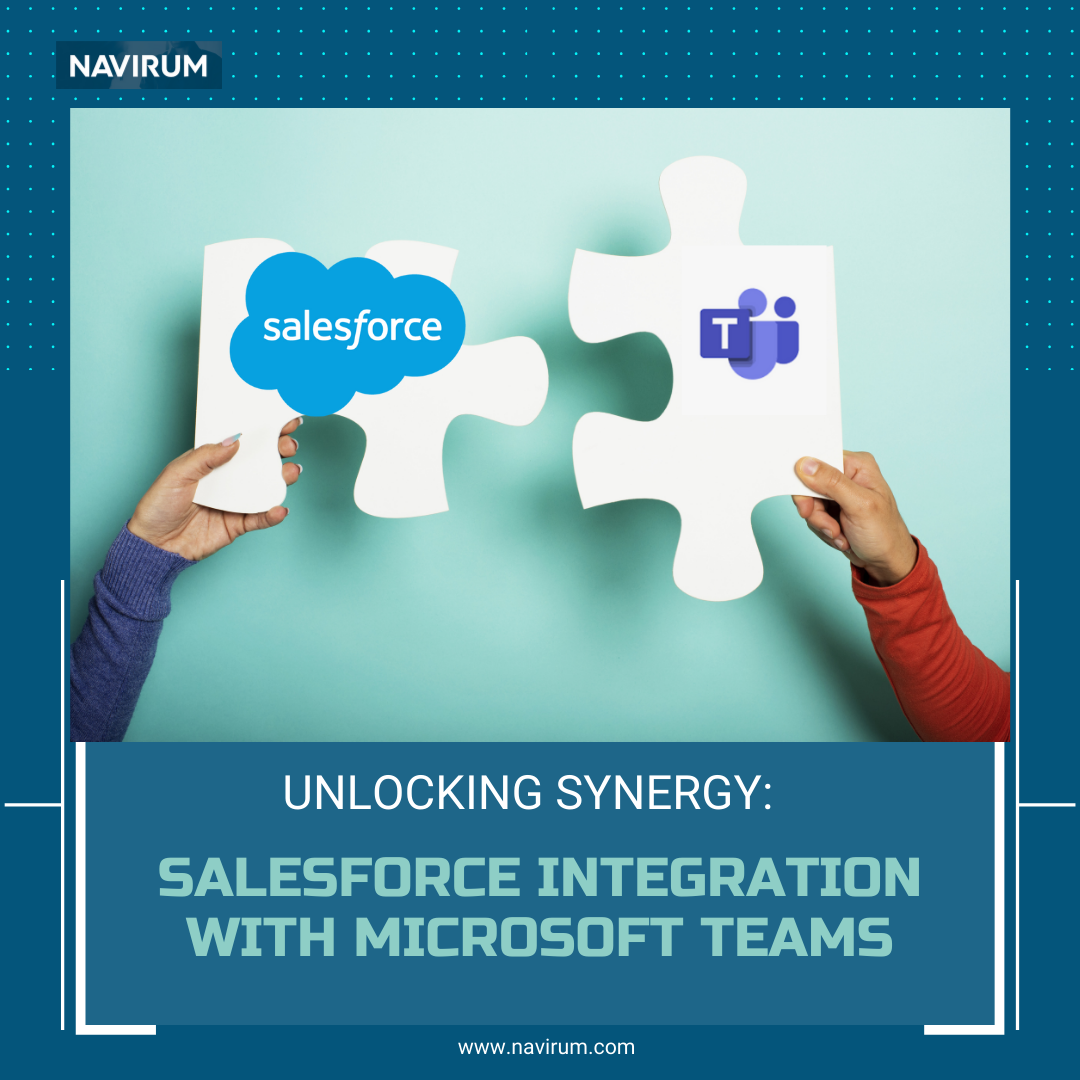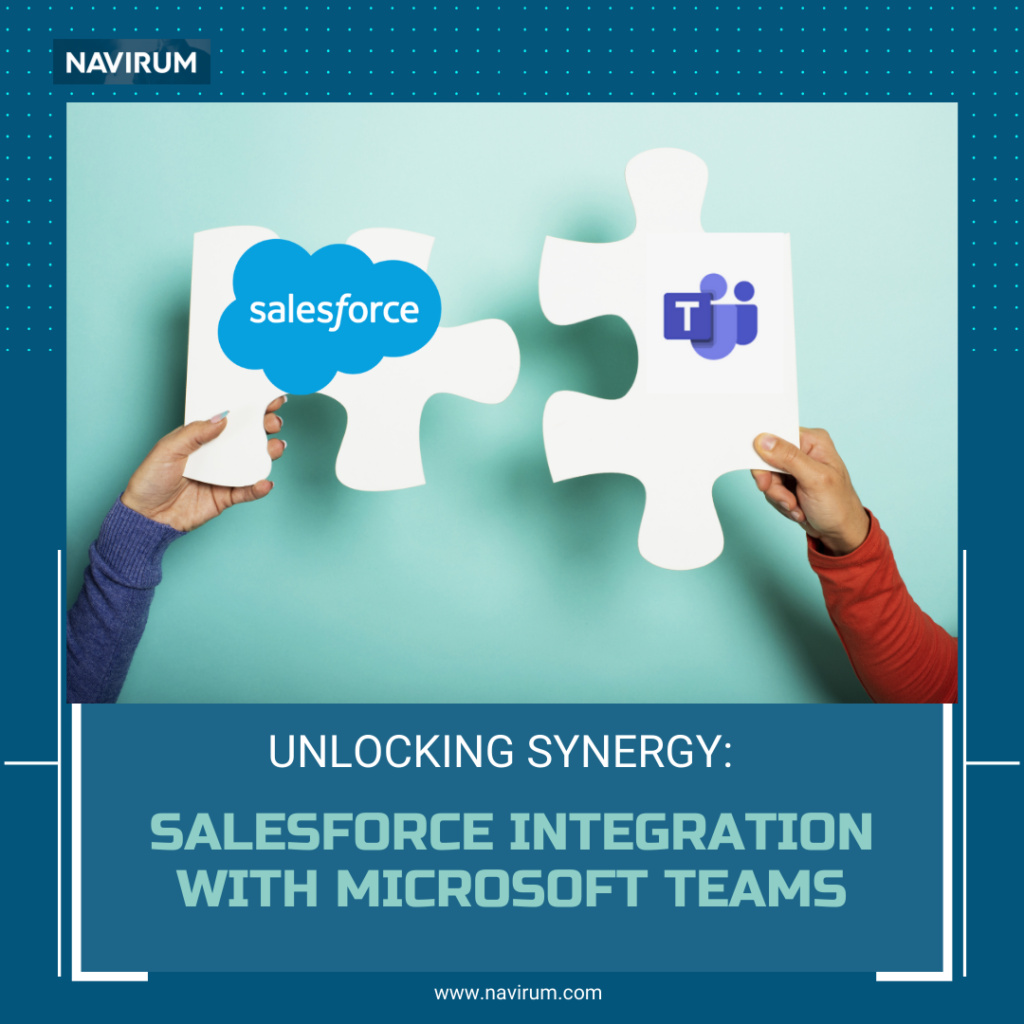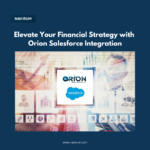In the competitive landscape of wealth management, building strong and lasting relationships with clients is essential for success. With Pardot, Salesforce’s robust marketing automation platform, wealth management firms have a powerful tool at their disposal to engage clients at every stage of their journey—from initial lead generation to ongoing loyalty and advocacy. As a Salesforce consultant specializing in the wealth management industry, I’m excited to explore how Pardot can help firms build meaningful customer relationships and drive business growth.
Understanding the Wealth Management Journey
Before diving into Pardot account engagement strategies, it’s essential to understand the wealth management journey. Clients in the wealth management industry have unique needs, goals, and expectations that evolve over time. From initial prospecting and lead generation to onboarding, portfolio management, and ongoing communication, each stage of the journey presents an opportunity to engage clients and build trust.
Tailoring Communication to Client Needs
Effective communication is the cornerstone of building lasting relationships in wealth management. With Pardot, wealth management firms can tailor their communication to meet the individual needs and preferences of each client. Whether it’s delivering personalized email campaigns, targeted content offers, or customized newsletters, Pardot enables firms to engage clients with relevant and timely messaging that adds value to their experience.
Automating Client Onboarding and Engagement
Client onboarding is a critical stage in the wealth management journey, and automation can streamline this process for firms. With Pardot’s automation tools, wealth management firms can create personalized onboarding sequences that guide clients through the initial stages of their relationship. From welcome emails and introductory calls to educational content delivery and account setup, automation ensures a seamless and engaging onboarding experience for clients.
Nurturing Relationships for Long-Term Success
Building lasting relationships requires ongoing engagement and nurturing. With Pardot, wealth management firms can create automated nurture campaigns that keep clients engaged and informed throughout their journey. Whether it’s providing market insights, financial planning tips, or investment updates, automated nurture campaigns enable firms to stay top-of-mind and demonstrate their value to clients over time.
Measuring and Optimizing Engagement
To drive continuous improvement, it’s essential to measure the effectiveness of Pardot account engagement efforts and optimize strategies accordingly. Pardot’s analytics and reporting tools provide valuable insights into key metrics such as email open rates, click-through rates, and conversion rates. By analyzing engagement data and identifying areas for improvement, wealth management firms can refine their strategies and drive better results.
In the wealth management industry, building lasting customer relationships is essential for driving business growth and success. With Pardot, wealth management firms can engage clients at every stage of their journey—from leads to loyalty—and build trust through personalized communication, automated onboarding, and ongoing engagement. If you’re ready to take your client relationships to the next level with Pardot, our team of experienced consultants is here to help. Together, we can develop a tailored approach that maximizes engagement, drives results, and fosters lasting relationships with your clients in the wealth management industry.






